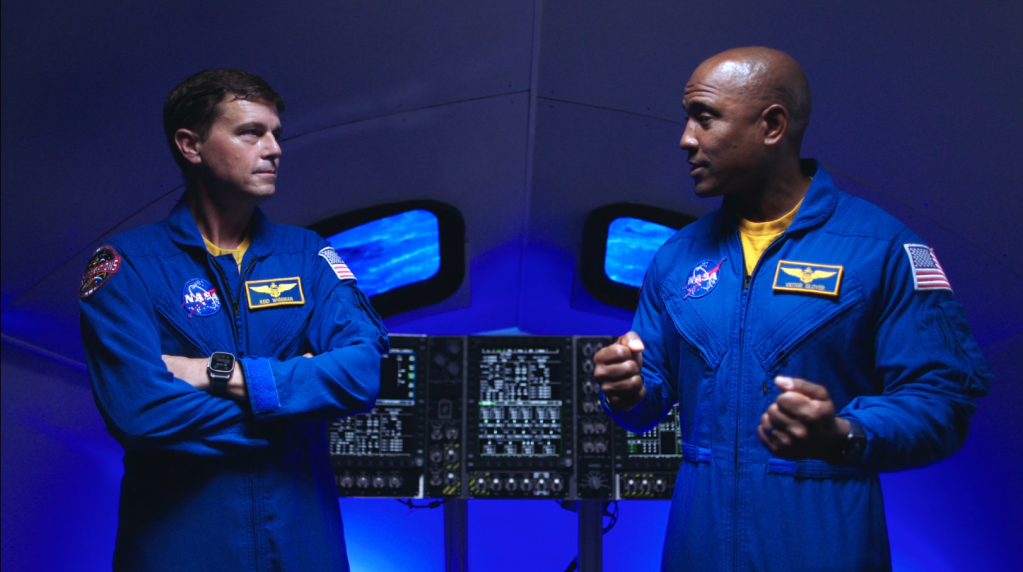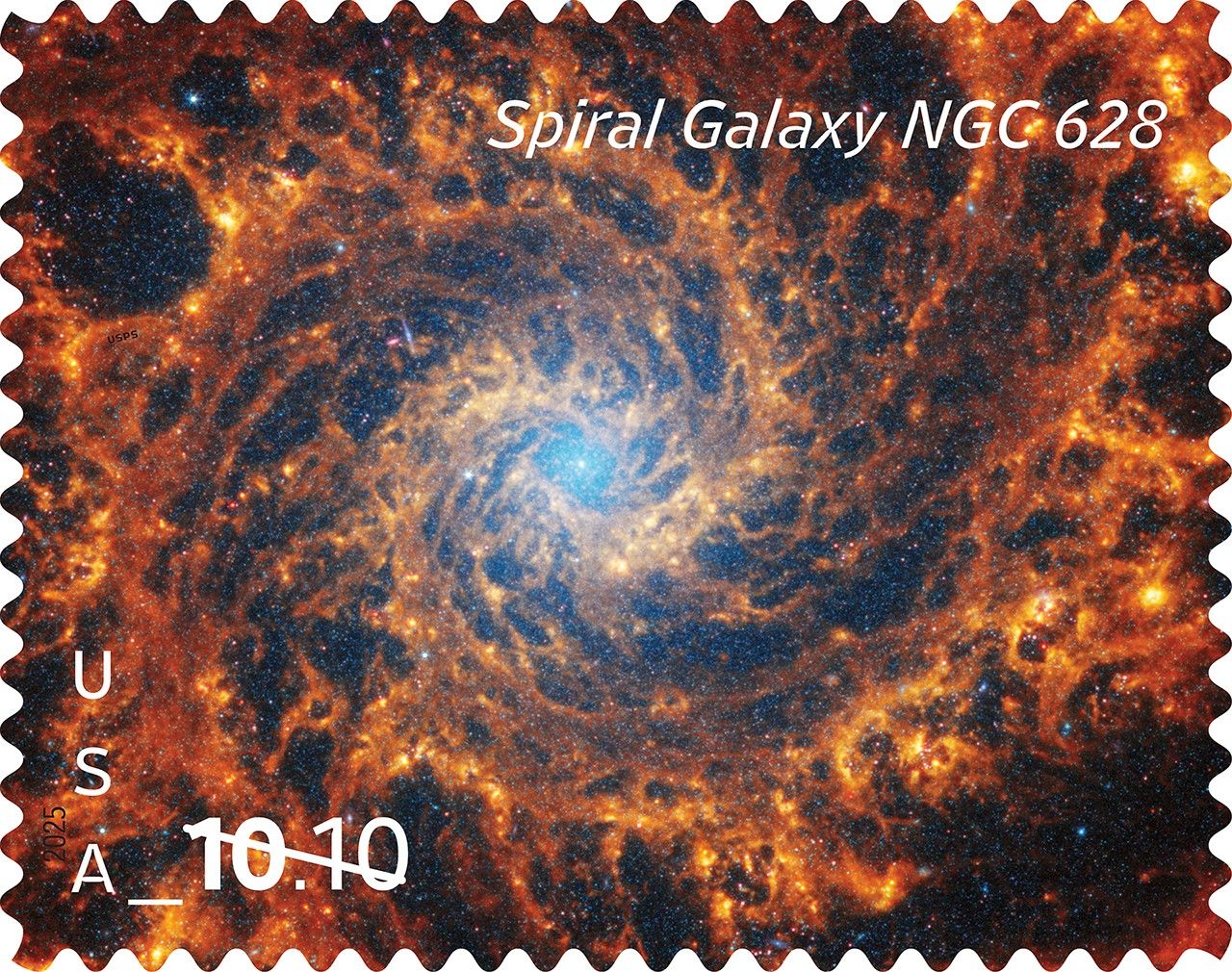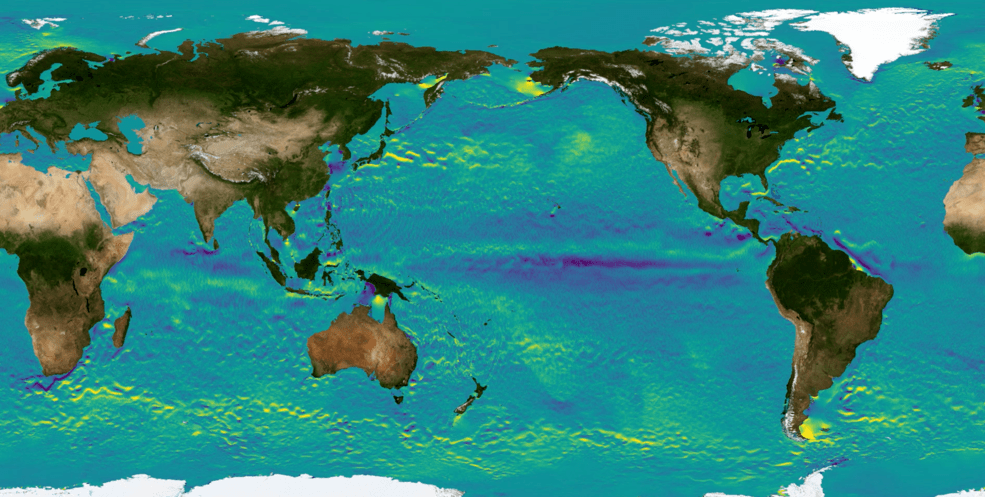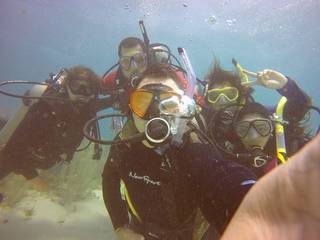This Earth Day, NASA’s Ames Research Center in California's Silicon Valley asked researchers studying our planet to share what excites them about Earth science and explain how they’re working to better understand, predict, and protect Earth’s life-sustaining water systems.
If early academics had known that our planet’s surface is more than 70 percent water, they might have named it Planet Ocean!
This Earth Day, NASA’s Ames Research Center in California’s Silicon Valley asked researchers studying our planet to share what excites them about Earth science and explain how they’re working to better understand, predict, and protect Earth’s life-sustaining water systems.
Flying into Storms
Snow is an important part of Earth’s water and energy cycles, from reflecting solar radiation to storing fresh water that melts into streams and reservoirs. But extreme snowfall is dangerous to people and infrastructure. To better understand how snowstorms form and help predict when they’ll happen, scientists in NASA’s Investigation of Microphysics and Precipitation for Atlantic Coast-Threatening Snowstorms (IMPACTS) team are using data from a combination of ground instruments, weather balloons, and research aircraft – which flew directly into storms to measure snow particles within storm clouds.
We spoke with IMPACTS contributors Vidal Salazar, the scientific project manager, and Stevie Phothisane, deputy project manager of the Earth Science Project Office.
What still excites you about studying Earth science?
Salazar: To this day – after 27 years – I still work in the field I fell in love with. I get to work in large and small campaigns and get to know scientists and students from all over the world. Meeting new people, new students, new scientists. Earth science field research is multidisciplinary, and we get to work with people from different cultures worldwide.
What would surprise people the most about your job?
Phothisane: Each mission is unique and involves different science, personnel, and aircraft platforms. The unique nature of each campaign challenges me to learn every day, not just about the new science that is being studied, but also the inner workings of the logistical side. Things don’t just get to point A to B easily. It really takes the collaboration of many groups and individuals to complete a successful campaign, including janitors, truckers, aircraft crews, project coordinators, and pilots.
What advice would you give to students thinking about working in Earth science?
Salazar: Look out for opportunities to participate in field deployments or data-collecting campaigns. These types of campaigns give you the opportunity to fall in love with observational science and take you outside of the classroom to do some real hands-on experiments. I would also tell them to do what makes them happy. Science has many shapes and forms, and they should look for that area that brings them joy and excitement.
What’s one thing you wish people better understood about climate change?
Phothisane: Climate change is already happening, from the loss of sea ice melting, sea level rising, to intense heat waves across the globe, so it is in our best effort to mitigate it as much as possible because there is only one Earth for all of us.
Inspiring the Ocean Scientists of Tomorrow
NASA’s OCEANOS project — led by Juan Torres-Pérez — marries STEM outreach with Earth and science observation efforts to better understand how humans impact the ocean and our climate. The four-year project teaches first-generation Hispanic students to use NASA Earth observations and collect oceanographic data to study issues affecting Caribbean coastal waters.
What made you want to study Earth science?
Torres-Pérez: Since the very first moment I had the opportunity to put a mask over my face when I was around 9 years old, to see the underwater world at a local beach in my beautiful archipelago of Puerto Rico, I knew I wanted to become a marine biologist. Seeing the underwater diversity of tropical coral reefs and later understanding the importance of these magnificent ecosystems reinforced my passion for the ocean and Earth sciences in general.
What still excites you about studying Earth science?
Torres-Pérez: There is so much we still don’t understand about our planet! The biodiversity of Earth’s terrestrial and aquatic ecosystems and how these interconnect with each other is extremely complex. I have been diving for more than 30 years and I always find something new underwater that grabs my attention.
How would you describe your work to a student thinking about becoming an Earth scientist?
Torres-Pérez: It’s exciting, super cool, and a career that provides lots of opportunities to explore the wonders of coastal oceans. My work integrates data collected by satellites with field study to understand the relationships between climate, humans, and tropical marine ecosystems. Also, by using NASA Earth observations and tools, I am able to study this biodiversity from a different perspective and reach poorly understood remote sites where access is limited.
What’s one thing you wish people knew or better understood about climate change?
Torres-Pérez: Simple — that climate change is real. Most times it is difficult to visualize since the effects related to climate change do not happen from one day to another, they take years or decades, but climate is affecting organisms at unprecedented levels and this, in turn, affects ecosystems, humans, and the planet as a whole.
How does your program embrace “open science”?
Torres-Pérez: Open science is critical, makes research transparent, and provides opportunities to explore collaborations or partnerships at national and international levels. All the data produced by the efforts that I have been involved with is made public, or at the very least is available for other researchers at their request.
Visualizing an Ocean of Data
The ocean is too vast, dynamic, and complicated for scientists to fully analyze or monitor with today’s tools. Even the data we amass is too much for typical computers to handle. The NASA Advanced Supercomputing division at Ames is helping an international group of scientists run complex simulations to unravel the role of ocean circulation in the Earth’s climate, using satellite observations, measurements from instruments in the water, and computer models.
As a data visualization scientist, Nina McCurdy works with the Estimating the Circulation and Climate of the Ocean (ECCO) consortium, which includes researchers from NASA’s Jet Propulsion Laboratory in Southern California. Their work helps scientists understand changes in the ocean that can impact society, including sea level rise, sea ice loss, El Niño events, and the cycling of water and carbon. And in the spirit of open science, the ECCO project makes their results available to everyone.
How would you describe the data visualization work you do on the ECCO project?
McCurdy: We take simulation output – numbers that describe how a simulated ocean changes over time – and make images and movies that allow scientists to see their simulation data in new ways. This allows them to notice things in their data that could be impossible to find looking at hundreds of trillions of numbers.
What do you see as the impact of your contribution to this work? What excites you about it?
McCurdy: Data visualization supports many aspects of ECCO research, from monitoring and fine-tuning the simulations as they are running to analyzing the results and communicating them to the scientific community and the public. It is a great honor – and a thrill – to collaborate with devoted, world-class scientists doing such important, cutting-edge research and sometimes to even help them learn something new about their science.
Describe something you’ve learned about Earth through working on these simulations and visualizations.
McCurdy: Every time I help with visualizing ECCO simulation data, I learn about an entirely new area of ocean or climate research, and I’m reminded of how vast and rich this area of research is. And, as with other computational sciences, the real magic happens at the intersection and interaction of simulated and observed data.
For news media:
Members of the news media interested in covering these topics should reach out to the Ames newsroom.



























